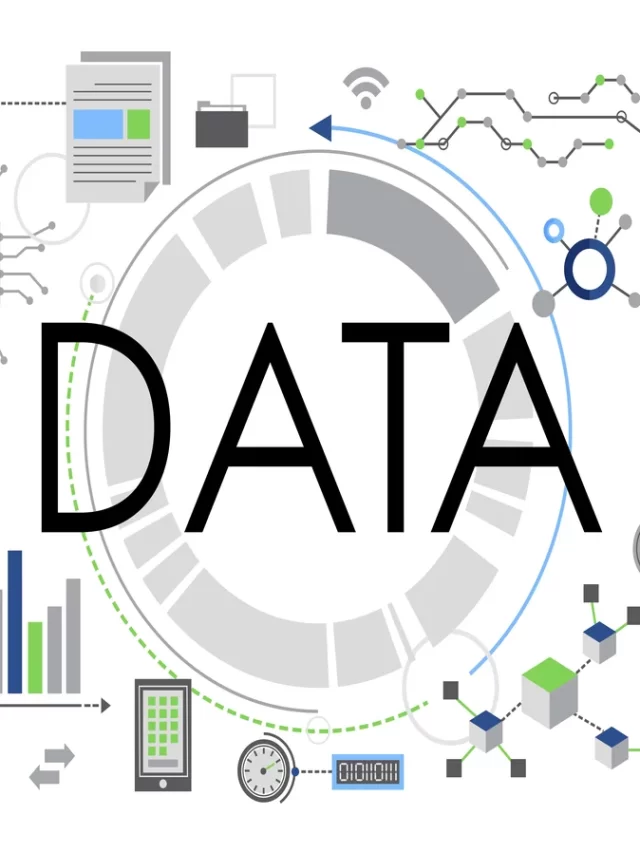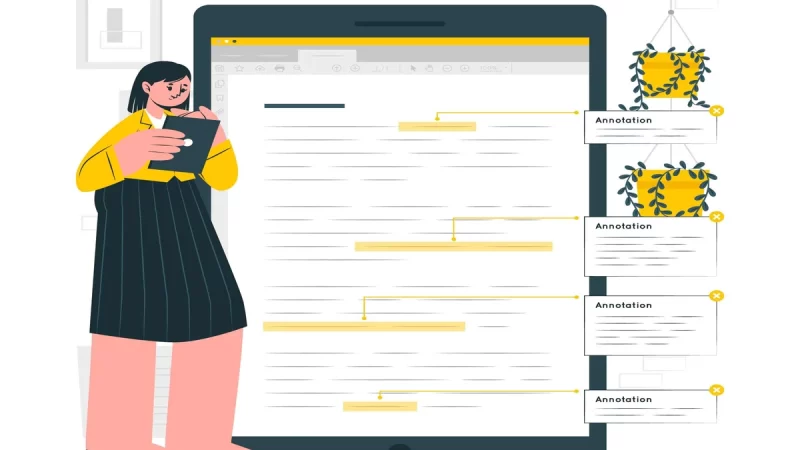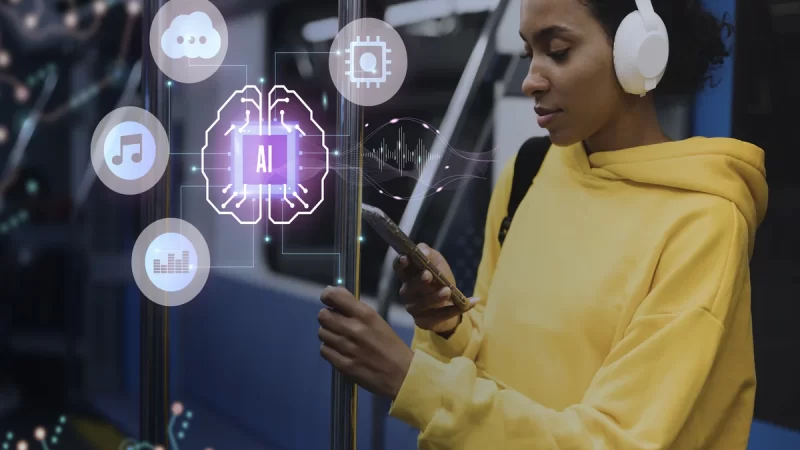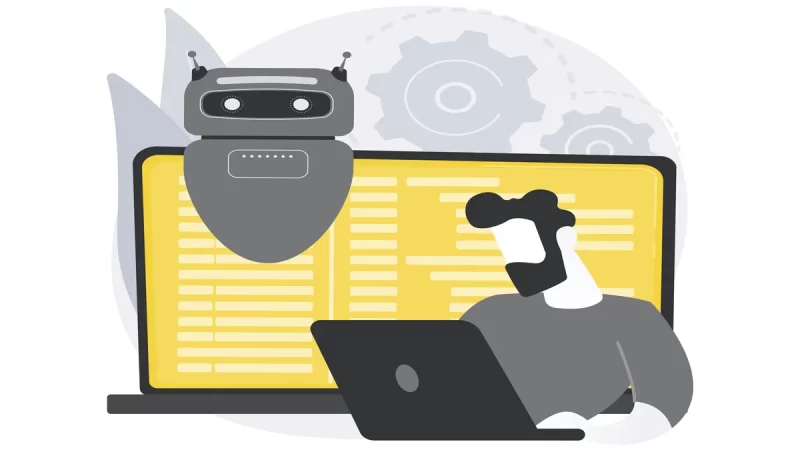Addressing Claims of Content ‘Theft’ from Publishers: What You Need To Know?
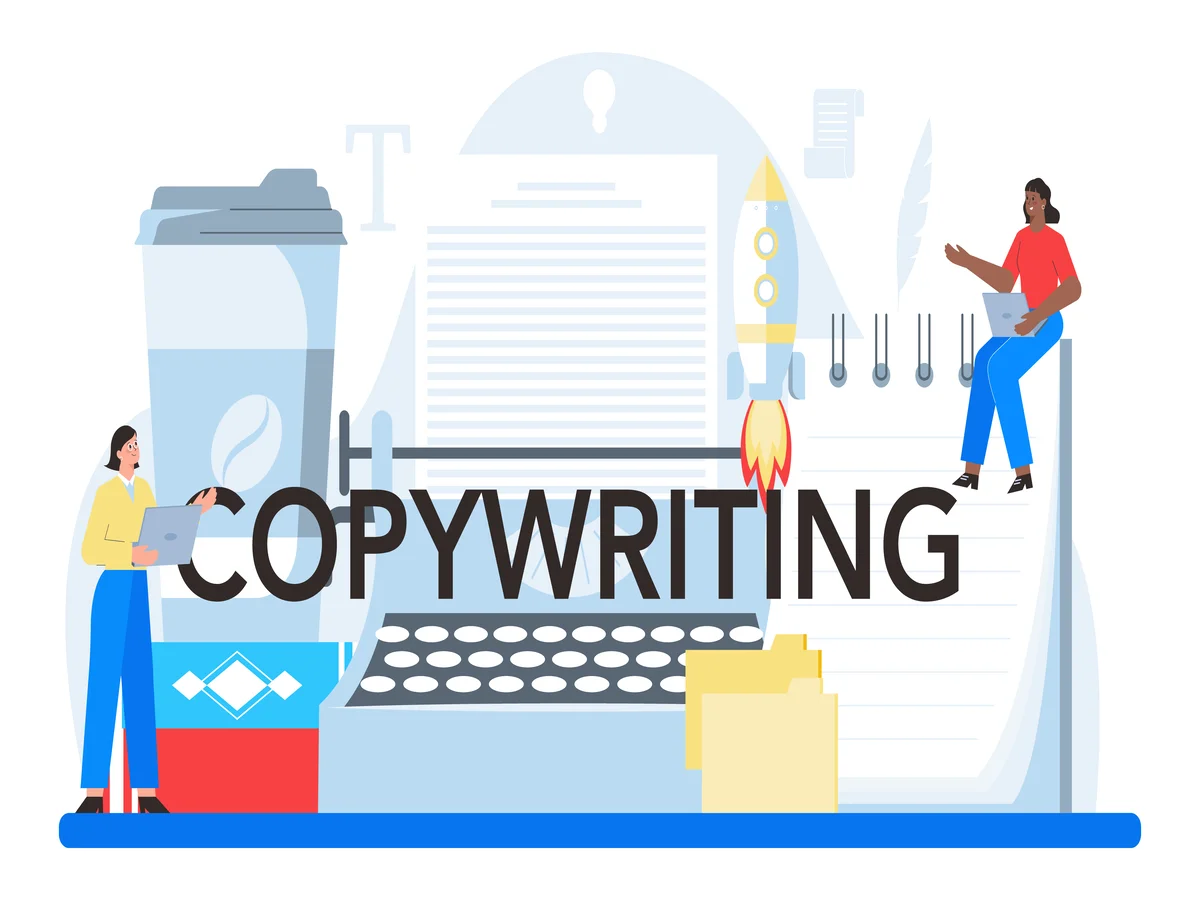
In today’s digital landscape, the issue of content ‘theft’ or unauthorized use of published material has become increasingly prevalent. Publishers often find their content reused without proper attribution or permission, leading to concerns about intellectual property rights and fair use. Understanding the nuances of this complex issue is crucial for both content creators and those who might inadvertently violate copyright laws. Here’s what you need to know:
Copyright Basics
Copyright law grants creators exclusive rights to their original works, including literary, artistic, and digital content. Once a piece of content is created and fixed in a tangible form, it is automatically protected by copyright. This protection applies to blog posts, articles, images, videos, and other forms of creative expression.
All You Need To Know About Fair Use
Fair use allows limited use of copyrighted material without acquiring permission from the rights holder. Factors such as the purpose of use, nature of the copyrighted work, amount used, and the potential impact on the market for the original work determine whether a particular use qualifies as fair use. However, fair use is a nuanced concept and often subject to interpretation.
Attribution and Permissions
Using someone else’s content requires proper attribution and, in many cases, explicit permission. Attribution involves crediting the original creator by including their name, the title of the work, and a link to the original source. Permissions must be sought when intending to use substantial portions of content or when the intended use falls outside the scope of fair use.
Plagiarism vs. Copyright Infringement
While both plagiarism and copyright infringement involve the use of someone else’s work without authorization, they differ in their legal and ethical implications. Plagiarism pertains to the act of passing off someone else’s work as your own, often in academic or creative settings. Copyright infringement involves violating the exclusive rights granted to the copyright holder under the law.
Dealing with Allegations of ‘Theft’
If accused of content ‘theft’ or copyright infringement, it’s crucial to address the issue promptly and professionally. Start by reviewing the claim and assessing whether the use falls under fair use or if proper attribution and permissions were overlooked. If the accusation is valid, take immediate action to rectify the situation by either obtaining permission or removing the content in question.
Mitigating Risks
To minimize the risk of unintentional content ‘theft,’ consider these preventive measures:
- Create Original Content: Focus on creating unique and original content to reduce the need for external sources.
- Use Public Domain or Licensed Material: Utilize content that is in the public domain or licensed under Creative Commons, ensuring compliance with usage terms.
- Seek Permission: When in doubt about using someone else’s work, seek explicit permission from the copyright holder.
Key Takeaways
Respecting intellectual property rights is paramount in the digital era. Content creators and publishers must be vigilant in understanding copyright laws, practicing ethical content use, and addressing allegations of infringement promptly and responsibly. By fostering a culture of respect for intellectual property, we can navigate the digital landscape while honoring the creativity and efforts of content creators.
Frequently Asked Questions (FAQs):
Content ‘theft’ or copyright infringement occurs when someone uses copyrighted material without permission from the copyright holder. This includes using text, images, videos, or any other content without proper authorization.
Fair use is a complex and subjective concept. Consider factors such as the purpose of use, nature of the copyrighted work, amount used, and the potential impact on the market for the original work. When in doubt, consulting legal advice or copyright guidelines specific to your jurisdiction is advisable.
If you receive a claim of content ‘theft,’ assess the validity of the claim. Review whether proper attribution was given or if permissions were obtained. If the claim is valid, take immediate action by either obtaining permission or removing the content in question.
Proper attribution is essential but might not always be sufficient. While it shows respect for the original creator, some uses might still require explicit permission. If in doubt, seek permission to avoid potential copyright issues.
While both involve using someone else’s work without permission, plagiarism specifically refers to passing off someone else’s work as your own, often in academic or creative settings. Copyright infringement involves violating the exclusive rights granted to the copyright holder under the law.




